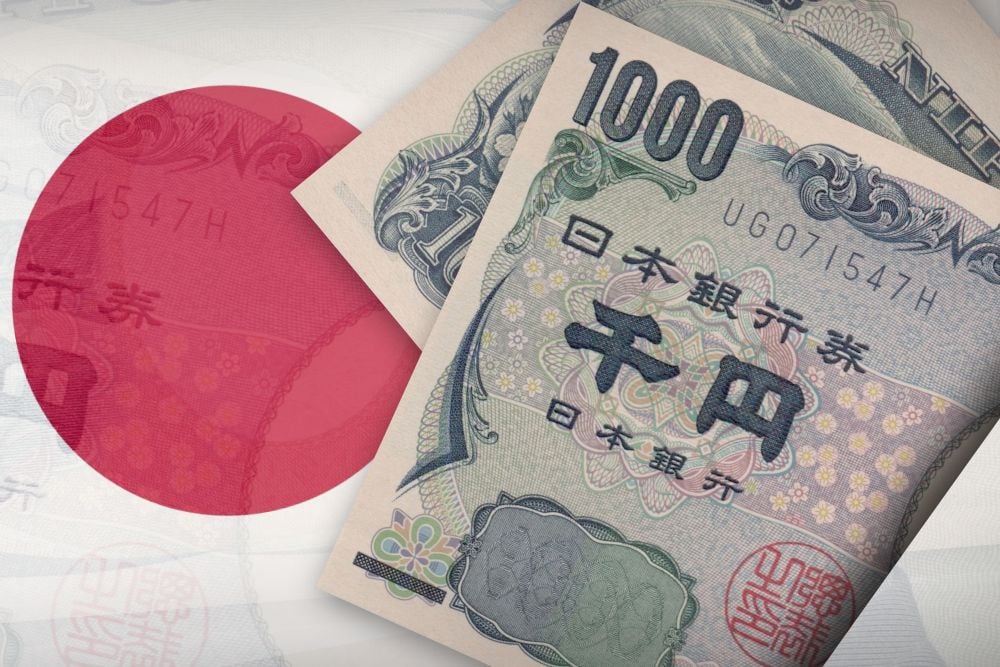
Four questions to start. (Big clue: there’s only one answer).
- What’s the one thing that credit and rates investors have been royally but reasonably moaning about in Europe for so long?
- What’s the one thing most visibly lacking in Europe’s banking sector?
- What’s the one thing Europe’s central bankers (and their counterparts elsewhere for that matter) have tried so hard to stir but have failed?
- What’s going to improve the situation in relation to the three questions above?
Answer: inflation.
Investors around the world, but especially in Europe, have had to live with negative bond yields for far too long. Not just a huge swathe of negative sovereign debt but chunks of negative-yielding investment-grade corporate debt, covered bonds, senior unsecured bank debt; even some high-yield bonds.
As for European banks, because of those self-same negative bond yields, the flat yield curve and negative interest rates, bank profitability has been weak, by contrast with banks’ strong solvency metrics. The economics of that most basic of basic banking services – taking deposits and lending them out long-term at a profit – just don’t work. Dispiriting returns on equity are why Europe’s large listed banks trade at such big discounts to book value.
Finally, what would central bankers like? Nothing more than inflation hitting target; actually above target so the hit target averages.
Things have been moving in the right direction for those experiencing the pain of the above all year, as inflation expectations rise on the back of better economic growth prospects. Global bond yields have been rising consistently: the US 10-year note yield was 0.93% at the beginning of the year. Last week’s theatrical spike saw it touch 1.6140% before retreating back below 1.44% on March 1. The US 2/10 spread has visibly steepened (from 17bp to 130bp in the year to February 26), while US break-evens have risen to 2.1%-2.2%, up from 1.6%-1.7% area pre-pandemic.
And as has been serially recounted, equity investors are playing the reflation game – rotating out of growth stocks into value plays and under-valued cyclicals as the mechanical relationship between higher discount rates and the NPV of future earnings pushes growth stocks out of kilter. (Even though higher bond yields as a signal of better economic fortunes infer higher future earnings …)
Yet any cheering of the return of normalization, as the vaccine rollout accelerates and the growth and employment narrative gathers pace in the real world, is being drowned out by squeals from the distinctly unreal world of financial markets, which last week screamed bloodbath, carnage and Armageddon because their bubble world risks being toppled by perceptions of tighter money earlier (perceptions they created themselves).
Last week’s trading, driven by technical hedging and speculation, looked somewhat disorderly even if it at the same time played perfectly to the tendency of institutional markets to exaggerate. There was some wild repricing of the European sovereign bond complex. But those bonds have been in unsustainable territory and a pullback was always on the cards.
When they were issued in recent weeks, 50-year trades from France, Belgium and Spain, Portugal’s 30-year and Italy’s most recent 10-year were clear bubble trades, garnering around 300 billion euros (US$362.5 billion) in demand for just 30 billion euros in paper. They were massacred last week on paper (not sure how much actual trading there was); Italy’s 10s lost seven big figures, Portugal’s 8.5, Spain’s 11, Belgium’s 12.
Accolades to France’s 7 billion euros 0.5% due May 2072s for the wildest ride: from a 97.43 high in late January, the bonds were quoted at 80.86 on February 24. Mind you, by March 1, the bid was pushing to 86.50 by late afternoon in Europe. Buying the dips became safe on the back of central bank pandering.
Rather than waiting to see how the dust settles to gauge if anything untoward is afoot (… it isn’t …), we’ve had senior central bankers queuing up to soothe markets, i.e., telling them they’ll continue sustaining the unsustainable. The market is peddling the story that a consumer spending upswing combined with huge fiscal stimulus will up-end central bank efforts to nurse the economy back to health. More like tighter money and sharply rising bond yields will put markets underwater.
The European Central Bank is watching bond yields like a hawk. Officials are concerned that higher borrowing costs will kill the corporate zombies. I say that’s not all bad. Higher borrowing costs will increase the public costs of the pandemic, but let’s hope the ECB waits before altering tactics if its motivation is purely to calm markets. Central bankers have become accustomed to markets front-running what they might do based on what they say rather than what they actually do. Let’s see. Getting through this latest tantrum shouldn’t call for concrete monetary action.
At some point, tapering will become reality. Given where we are in the pandemic response and the early stages of economic recovery, maybe now is not the right time. But rising real rates are a sign that things are heating up. Central banks keeping their hands on the tiller for now – to regulate the pace of change while financial market participants get re-acquainted with the notion of markets as price discovery forums not a one-way source of guaranteed profits – is probably reasonable.









